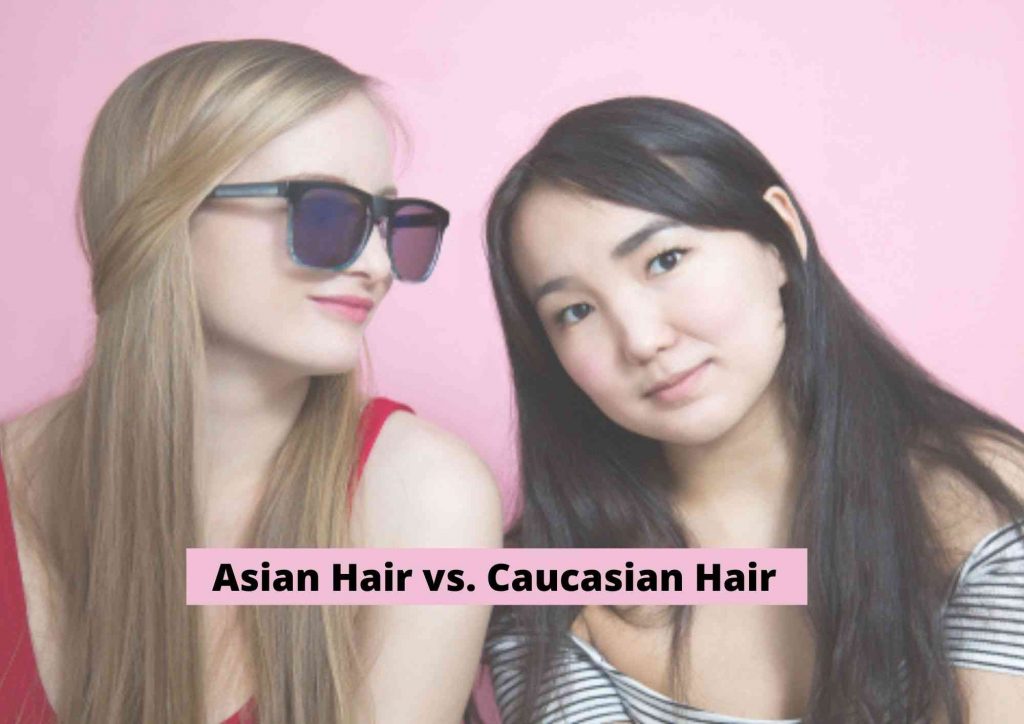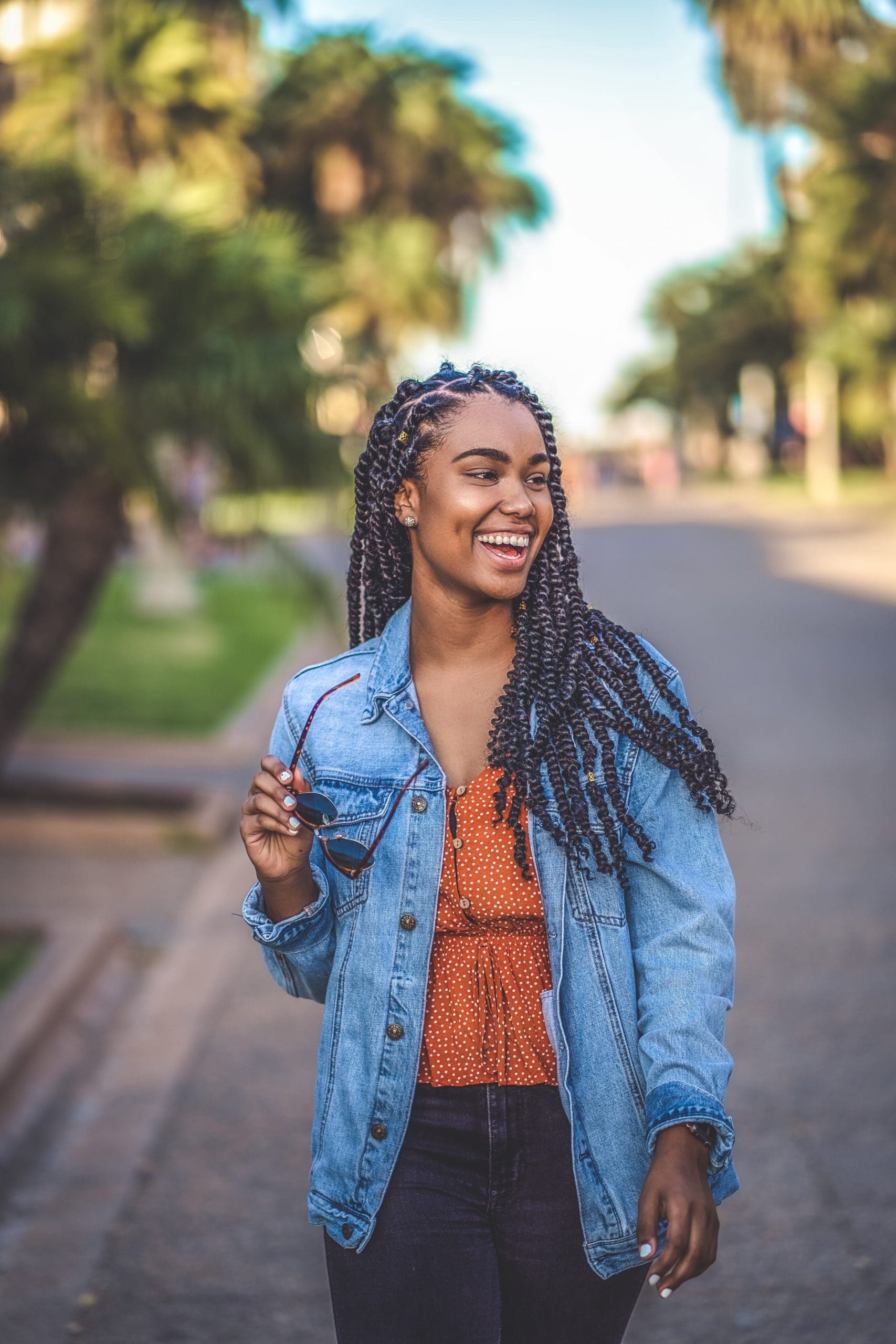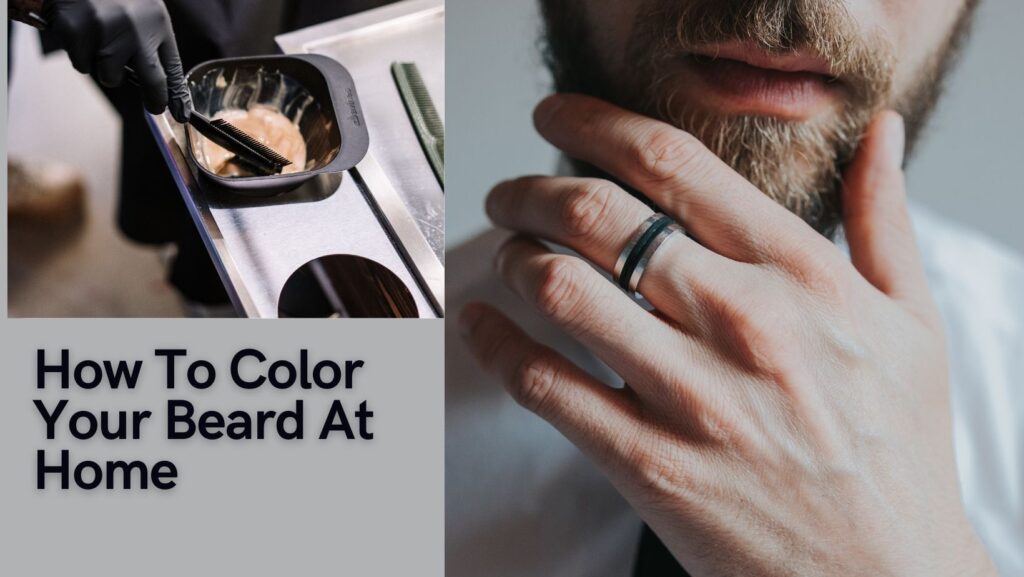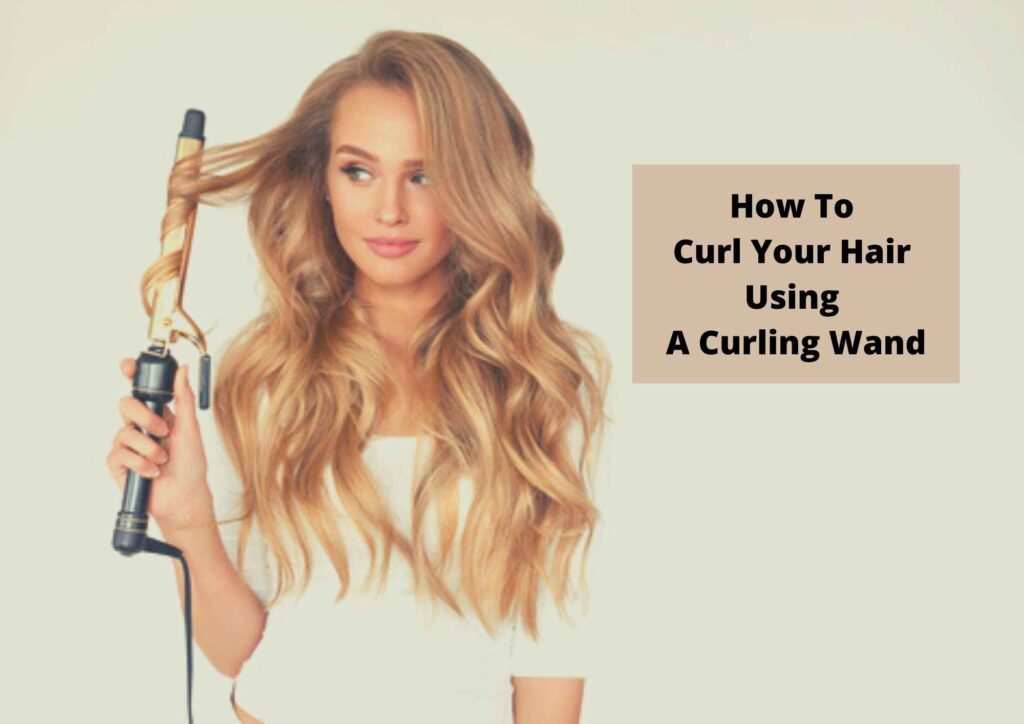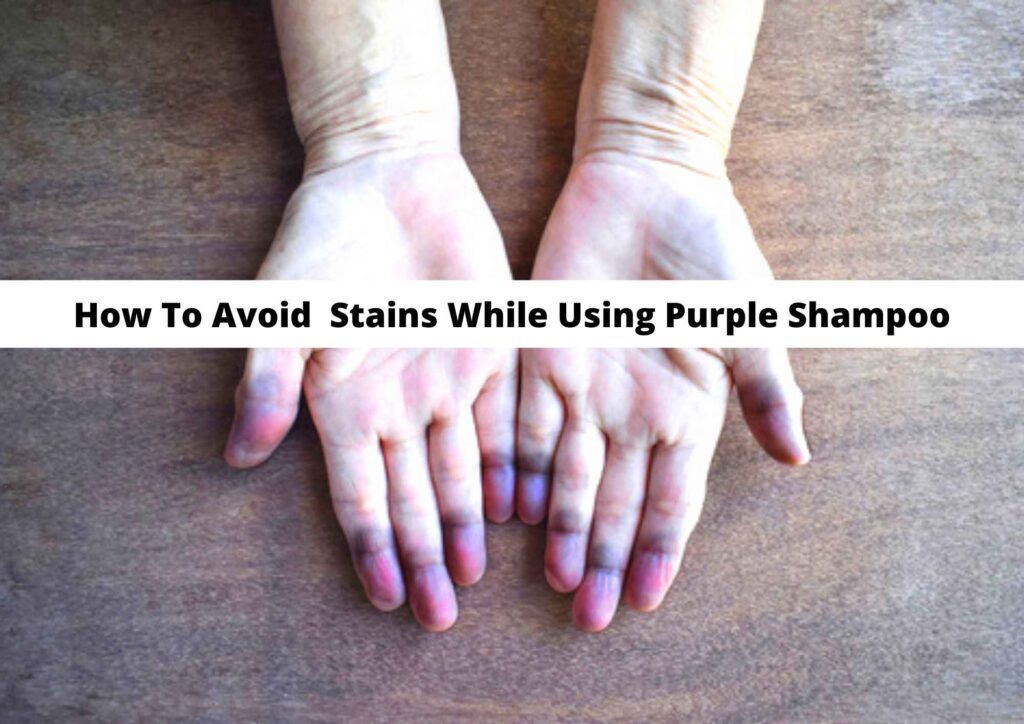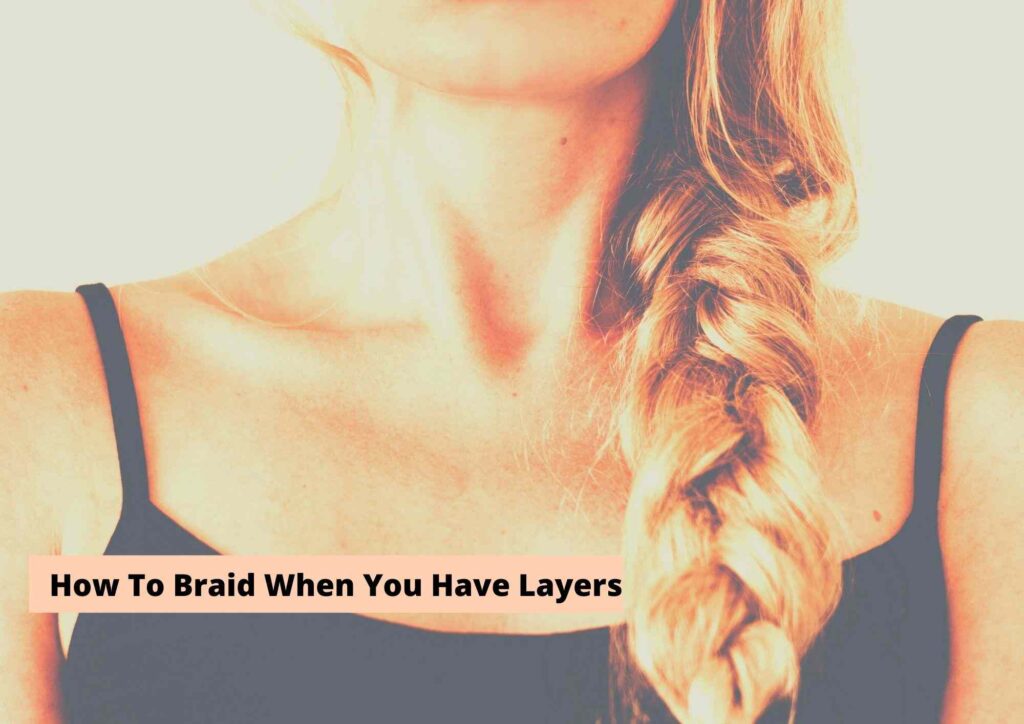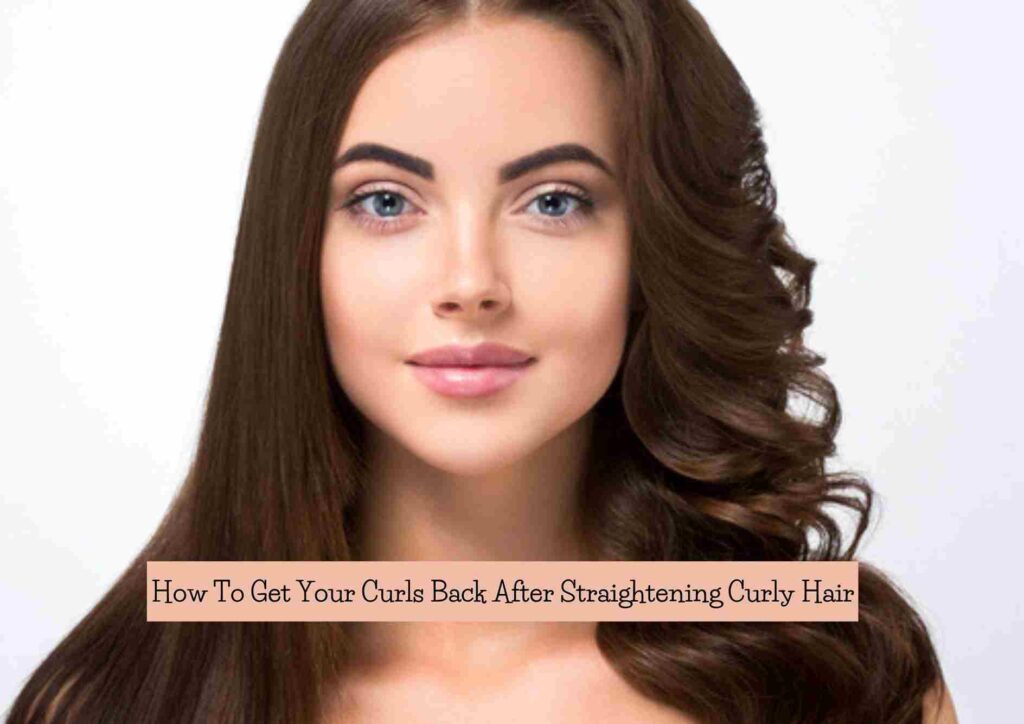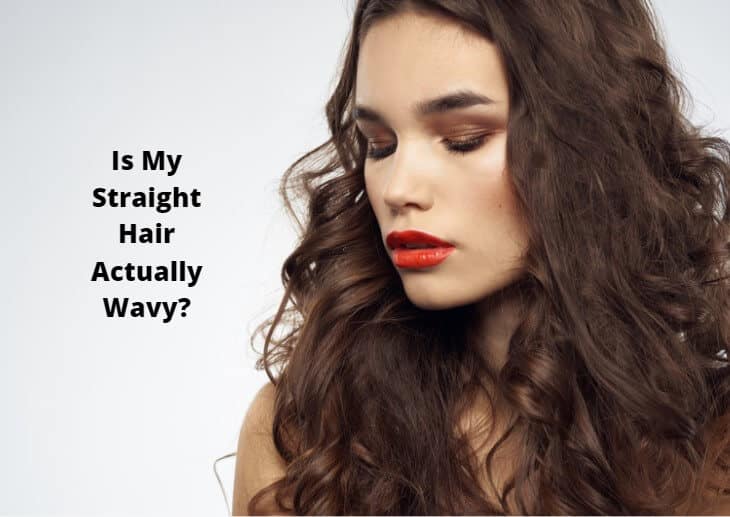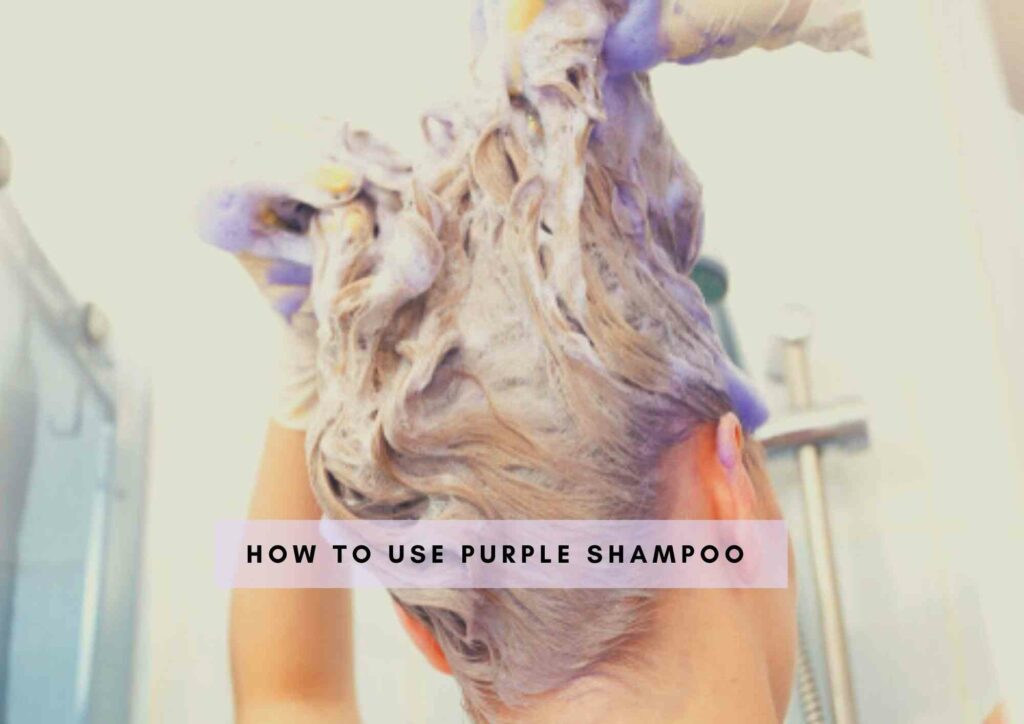Asian hair vs. Caucasian hair: what are the top differences between these two hair types in terms of texture, cuticle layers, growth and more.
Dive into the fascinating world of hair diversity with our exploration of Asian hair versus Caucasian hair. These two hair types exhibit distinct characteristics due to genetic and environmental factors.
From the texture and growth patterns to the hair follicle shape and density, we’ll unravel the scientific and cultural nuances that define and differentiate these locks.
Understanding these differences can enhance how we care for our hair and appreciate the beauty of its unique qualities.
Join us as we delve into what makes Asian and Caucasian hair types truly unique and how to tailor your hair care regimen accordingly.
What is the difference between Asian hair and Caucasian hair?
Asian hair typically has a round follicle shape, leading to straight, thick, and often more resilient strands with a higher tensile strength. It grows perpendicularly from the scalp and has a faster growth rate. In contrast, Caucasian hair varies widely but generally has an oval or twisted ribbon follicle shape, resulting in straight, wavy, or curly textures. It tends to be less dense than Asian hair and grows at a slightly slower rate. The differences in texture, growth patterns, and hair structure between Asian and Caucasian hair types influence their care and styling needs.
Asian Hair Vs. Caucasian Hair
Number Of Cuticle Layers
Okay, let’s first learn what a cuticle is! See your hair strand, it’s outer layer is composed of tiny, fish-like scaly structures called cuticles that protect the inner protein layer called the cortex.
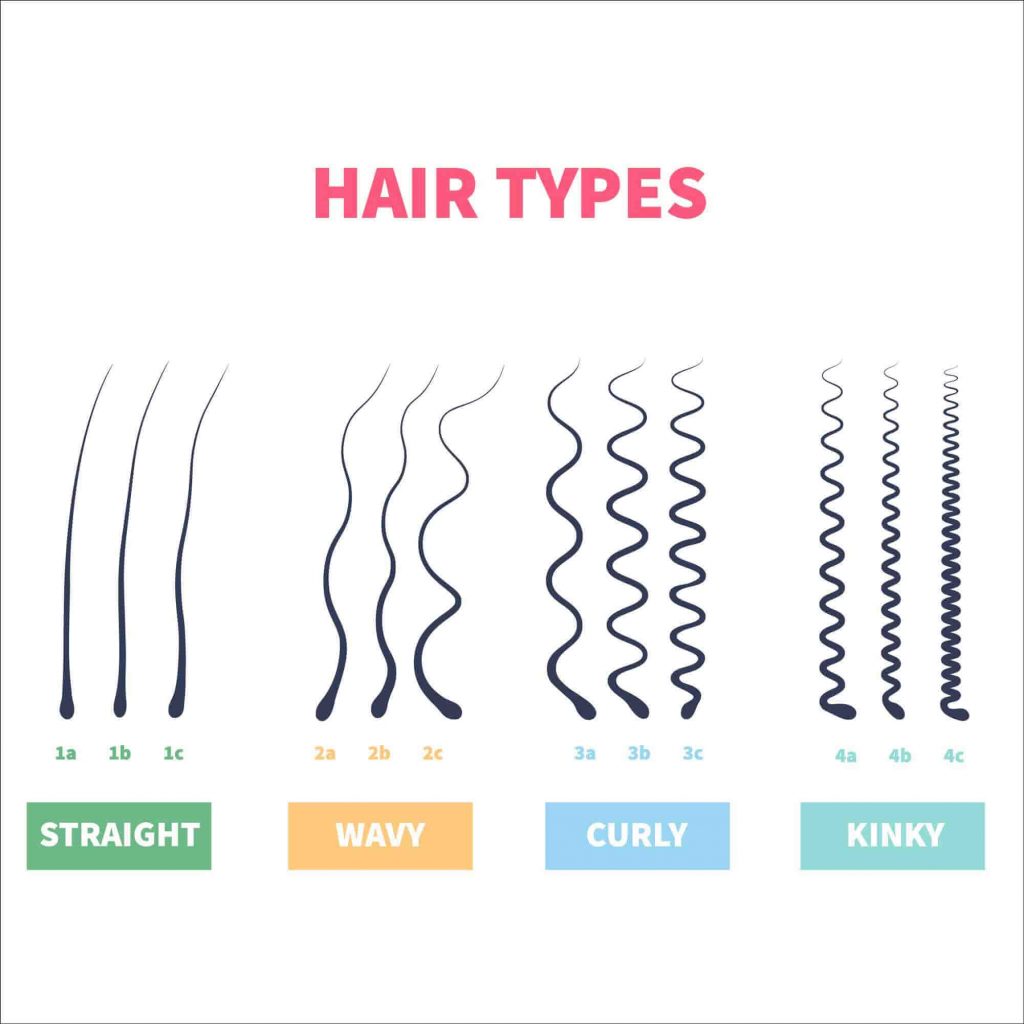
Now in Asian hair, these cuticles are wider, thicker, and more densely compacted than in Caucasian hair.
Also, there are about 5 layers of cuticle on average on Caucasian hair while on Asian hair this number is closer to 10.
Flatness Of Cuticles
The flatness of the cuticles can determine the texture of your hair. As caucasian hair has flatter cuticles, they tend to be “straighter” when compared to Asian hair.
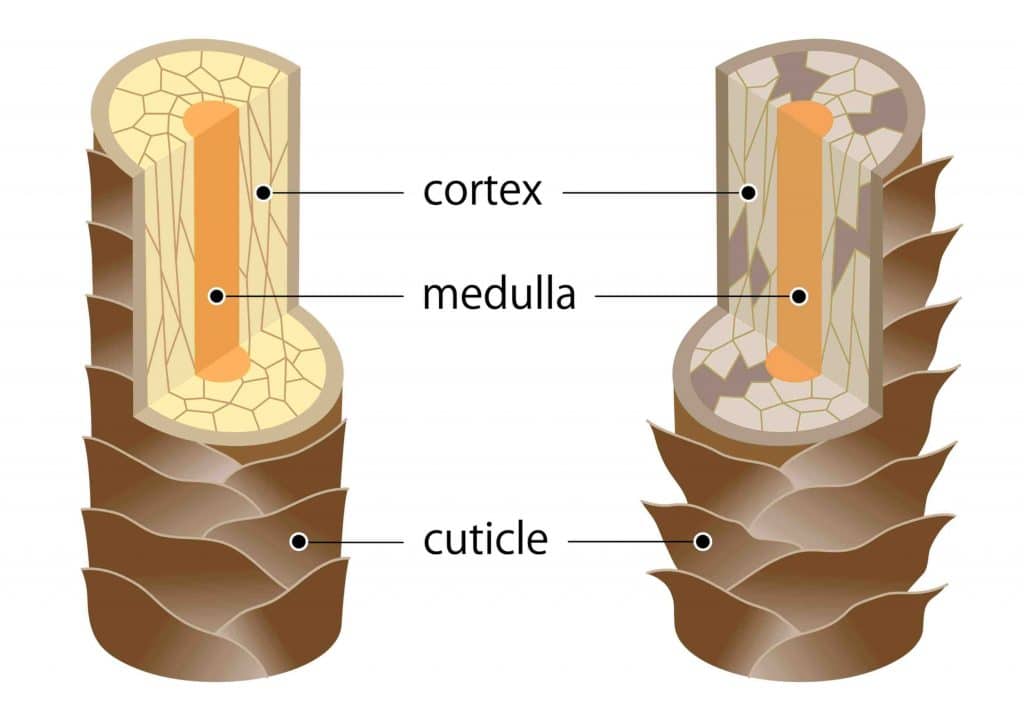
However, the cuticles on Asian hair are inclined more steeply on the strands, so you’ll find them much more resistant to tension and breakage.
Distance Between Cuticles
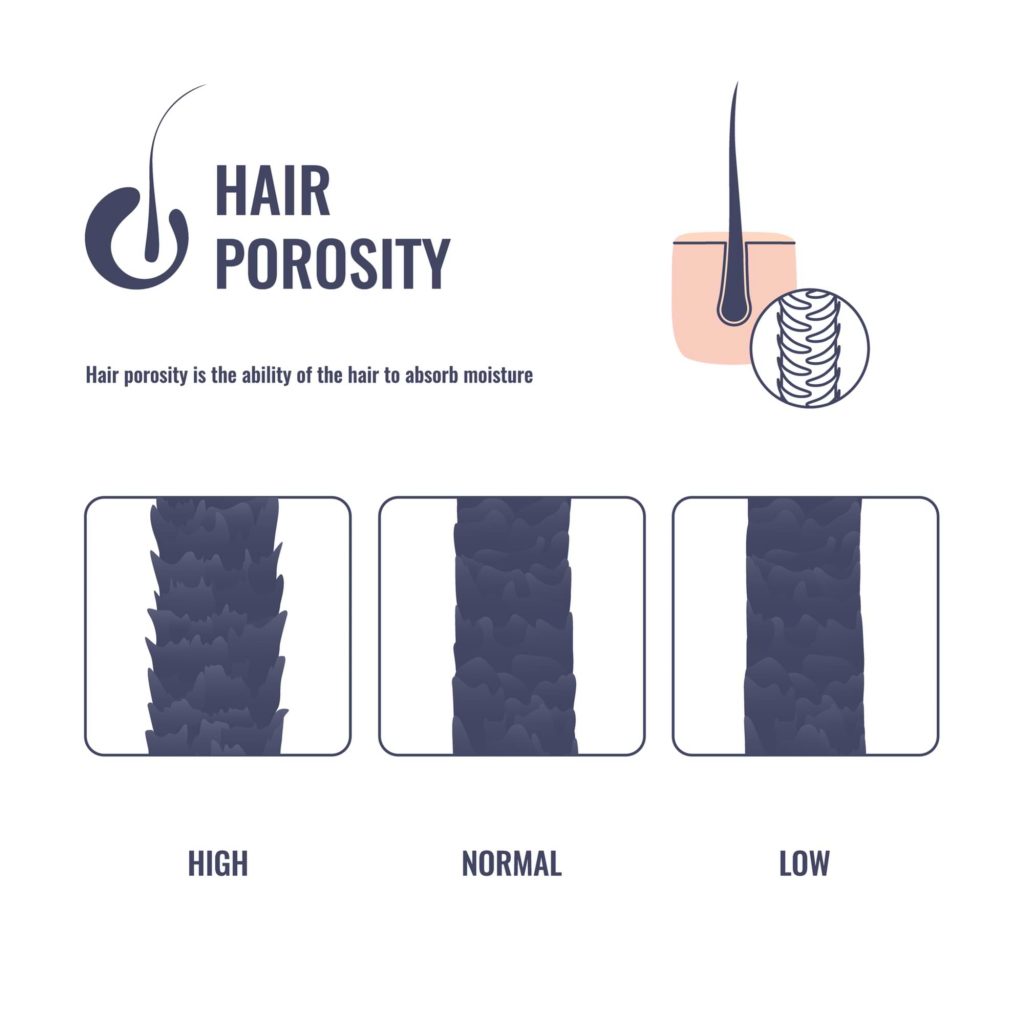
The cuticles are arranged one atop the other in a scale-like manner. But in Asian hair, the distance between these cuticles is lesser when compared to Caucasian hair.
This gives the impression that Asian hair is thicker and fuller.
How Hair Breaks
As I’ve mentioned before Caucasian hair is more prone to breakage as their cuticle is more fragile than Asian hair.
If you apply stress to Caucasian hair the cuticle breaks down into many smaller pieces.
However, if you do the same to Asian hair, the cuticle breaks off in a single piece that retains its shape.
Why Hair Breaks
There is a sort of adhesive protein that holds the cuticles of your hair together. In Asian hair, this cuticle can dissolve due to damage or any other reason and cause hair breakage.

On the other hand, the adhesive protein remains quite strong in Caucasian hair but as the cuticle is fragile, the hair breaks due to cuticle damage.
Hair Growth Rate
Studies have shown that Asian hair grows at a faster rate than Caucasian hair.
The research indicates that there is a correlation between the distance between the hair strand’s diameter and cuticle spacing and hair growth.
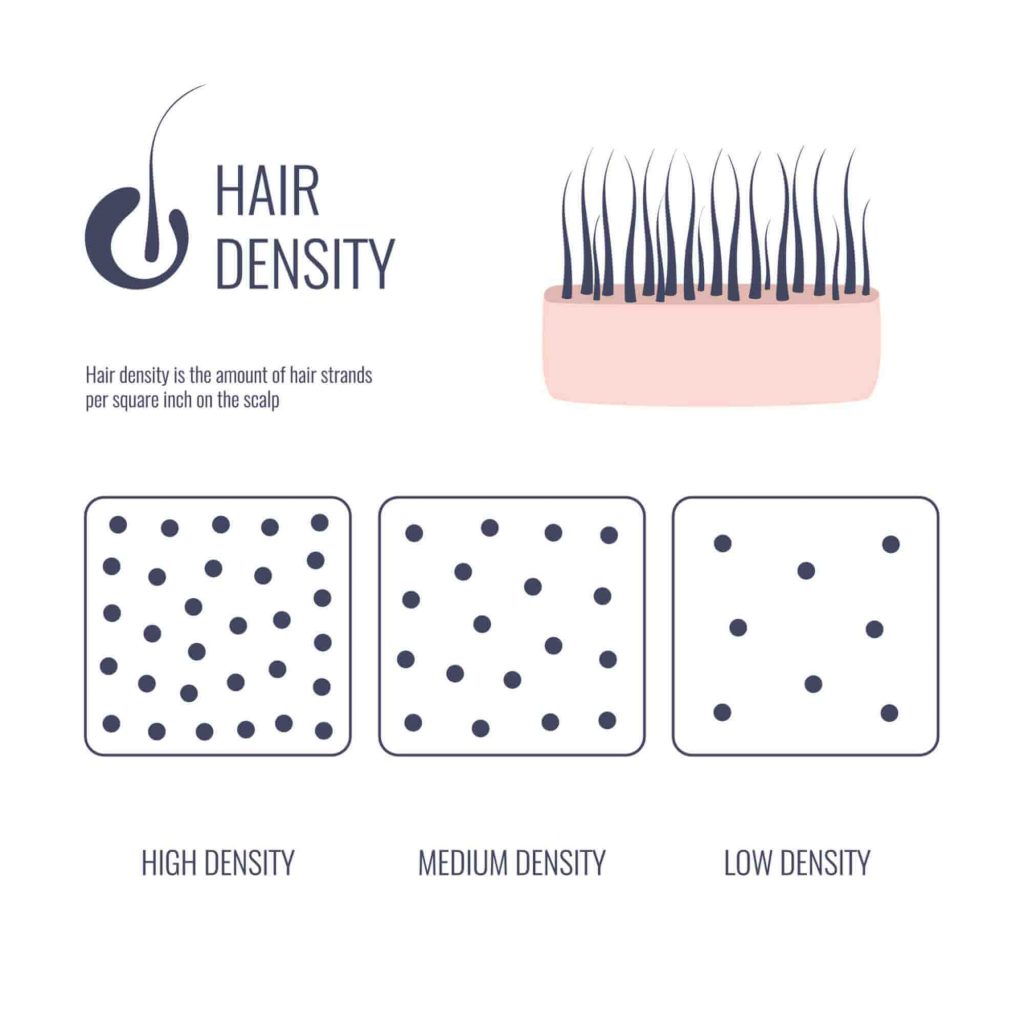
Since Asian hair has a greater cross-sectional area and lesser inter-cuticle distance, this hair type tends to grow faster than Caucasian hair.
But hold on, this isn’t true of ALL Caucasian hair. Textures that are straighter and smoother have similarly low inter-cuticle distance.
So if you have Caucasian hair which is straight and smooth, chances are it might grow as fast as Asian hair.
Hair Pigmentation
We all know that the pigmentation of our hair depends on our racial background, genetics, geography, etc.
But scientifically, it all comes to the presence of two chemical compounds called eumelanin and pheomelanin.
If you’d recall melanin is the pigment that gives skin its darker or lighter shade.
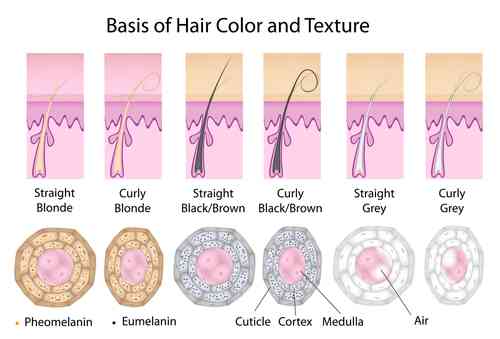
These compounds play a similar role in hair. If there is a higher level of eumelanin and low levels of pheomelanin, the hair becomes darker.
In Caucasian tresses, the levels vary with the shade of hair color.
If you have blonde hair, you’ll have a higher level of eumelanin and trace amounts of pheomelanin.
Redheads and “strawberry blonde” hair colors have low to medium levels of both eumelanin and pheomelanin.
Hair Curvature
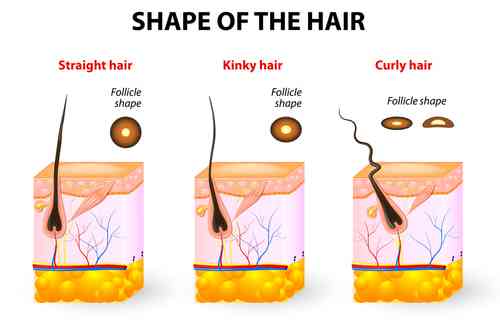
Now hair curvature is something that is diverse even within Asian or Caucasian groups.
In simple terms, your hair can be wavy, straight, or even curly regardless of whether you’re Asian or Caucasian.
However, we do see that Southeast Asian hair tends doesn’t have that much curvature and is relatively straight and its shape more cylindrical. At least compared to Caucasian hair.
Typical Characteristics of Asian Hair and Caucasian Hair
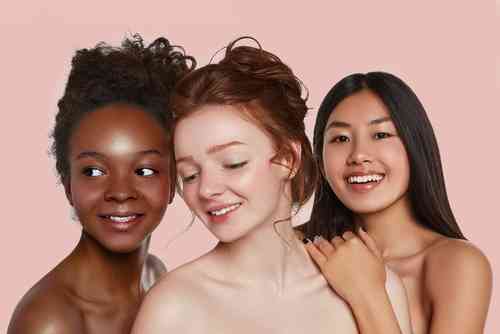
- Asian hair tends to be straight with a round cylindrical strand while caucasian hair can be straight, curly, or wavy with a typically oval-shaped hair strand.
- The density of Asian hair is lower than that of Caucasian hair
- Asian hair can be either black or dark brown. Caucasian hair ranges from dark brown to blonde and red hues.
- Asian hair grows faster than other ethnicities at a rate of 1.4 cm per month.
- Caucasian hair grows slower at 1.2 cm per month.
- Asian hair has two times the diameter, hence greater thickness than caucasian hair
- According to studies, the average Asian has 80,000-140,000 scalp hairs, a lesser number than Caucasian hair.
- It’s noted that Asian hair does not go grey as fast as caucasian hair does
- It’s also interesting that Asian hair does not shed as much as Caucasian hair does, so there’s a lower chance of premature baldness
- Some studies also claim that Asian hair reacts better to hair loss treatments
- Due to cultural differences, Asian hair is very often not colored or chemically treated, hence it’s preferred for wigs and extensions
- As Asian hair is thicker and longer, it can lose moisture quite easily. So it’s more prone to split ends and dryness than Caucasian hair.
Why You Should Trust Haireveryday?
The author of this article, Leah Marie Priest has a degree in Cosmetology with years of experience in dealing with hair care, scalp care, and hairstyling. As someone who extensively deals with all kinds of hair textures, products, styling methods and more, hair Leah Marie knows what kind of products and procedures suit each hair type and person. We have also tested these hair products and processes ourselves to provide you an unbiased review about every product. Each of our articles are also reviewed by a team of medical professionals so that you get the most accurate and expert-reviewed information.
FAQs – Asian Hair Vs. Caucasian Hair
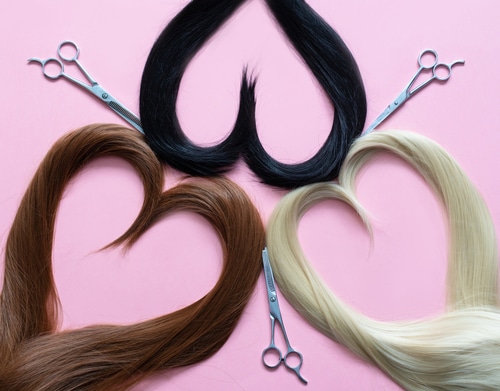
Is Asian hair stronger than Caucasian hair?
The cuticle cells are more densely packed in Asian hair than in Caucasian hair. This leads to Asian hair being stronger and more resistant to breakage when applied with external stress.
However, the adhesive proteins holding Asian hair cuticles together are not as strong as compared to the adhesive in Caucasian hair.
This means, that Asian hair is more prone to chemical damage from dyes, heat, chemical treatments, etc.
Why is Asian hair so hard to style?
The cuticle’s on Asian hair are arranged in a very steep, closely packed manner. This makes Asian hair smooth and straight.
Great so far right?
Unfortunately, this same silky smoothness can be a bane when it comes to styling your hair.
Asian hair is just too soft and straight to give a proper hold and hence is very hard to style. It slips from hands easily and the hairstyles don’t stay in one place either.
You’ll need a lot of texturizing hairspray to make this work.
Which ethnicity has the thickest hair?
I’d like to clarify that only a person’s ethnicity isn’t a good indicator of hair thickness. In fact, due to mixed genetic heritage, we cannot classify hair into overly simple labels like “Asian” or Caucasian”.
But for simplicity’s sake most hair experts, like to divide hair into Asian, Caucasian, and African types.
Between these three hair textures, studies show that Asian hair shows a larger number of cuticle layers in a transverse section.
This means that Asian hair is the thickest hair among the three, and hence, Asian ethnicity has the thickest hair.
Again, you need to take this with a grain of salt as ethnicity is more complicated than that.
Can Asians have blonde hair?
Yes. It is very much possible for Asian people to have blonde hair color.
It can be a result of genetic mutation of sorts that results in people having lower levels of eumelanin in the hair strands.
Darker hair color originally evolved as a trait for protection against the sun. So there is very much a chance, some Asian people have blonde hair too.
Blonde hair is also a recessive trait. So your parents and grandparents can carry the blonde hair gene without having blonde hair themselves. And it can manifest in you.
There are plenty of Asian people who have blonde hair, some examples are:
– Blonde Chinese Uyghur
– Blonde Mongolians
– Yazidi people in Iraq
– Kalash people of Pakistan
Is it common for Caucasians to have curly hair?
Yes, actually. While we divide hair textures into African, Asian, or Caucasian for simplicity’s sake, the truth is hair is much more complicated than that.
These hair textures are the result of the distribution of curly hair “alleles” or genetic material on your genome.
One research suggests that 45 percent of caucasian people have straight hair, 40 percent have wavy hair and the rest 15 percent have what is known as type 3 curly hair.
It’s also possible to have “Afro” hair textures without being mixed race yourself.
Conclusion
The differences in cuticle structure, pigmentation, curvature, etc. make Asian hair vastly different from Caucasian hair.
Learning about this difference can bring you a step closer to finding the right hair products for your hair texture and type.
By matching the shampoos, conditioners, dyes, and serums you use on your locks to the texture they are created for, you can get healthy hair in no time.
Also Read:
How Long Do Cornrows Last On Caucasian Hair
Does LOC Method Work For Straight Caucasian Hair
To Summarize

